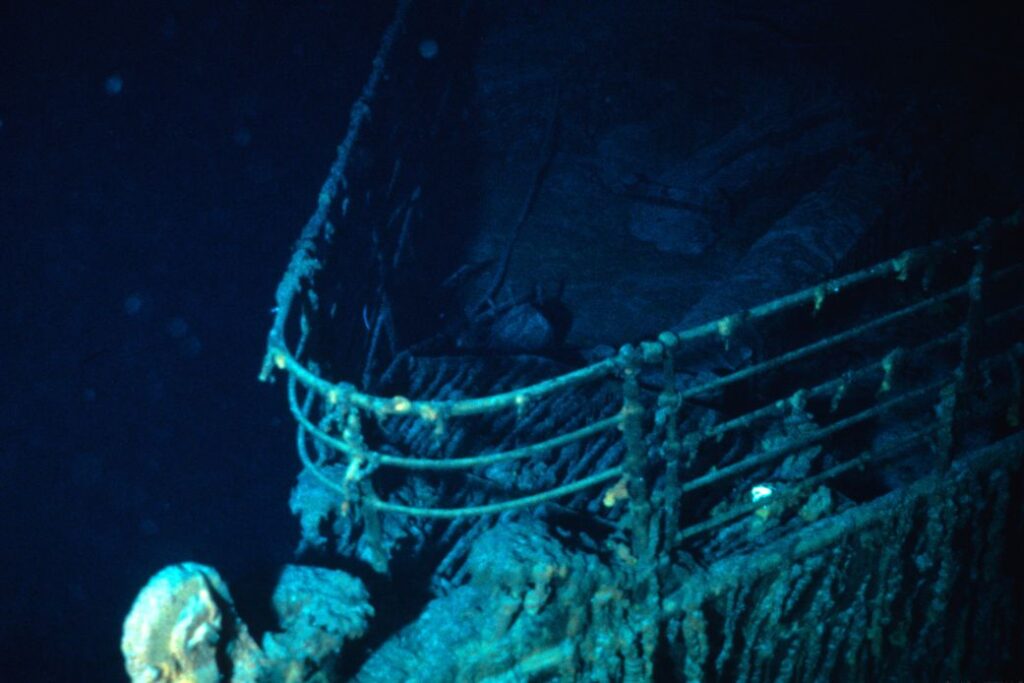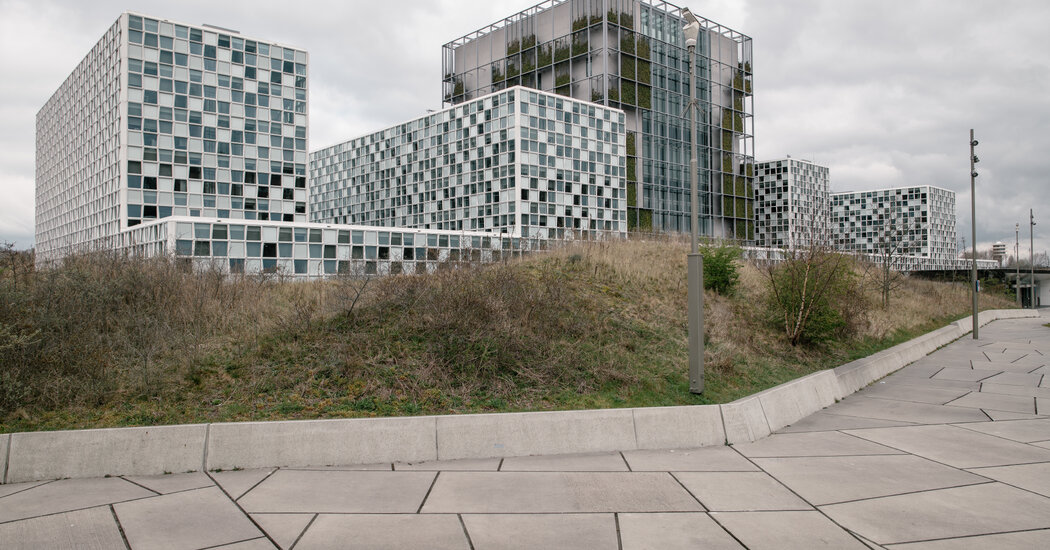Forty years ago, in the early hours of September 1, grainy black-and-white images of a metal cylinder appeared on the video feeds in the command center of Knorr, a research vessel searching the Atlantic seafloor for the world’s most famous shipwreck: the Titanic.
Members of the four-person watch team, suspecting the object might be a sunken ship’s boiler, were unable to tear themselves away from what was unfolding on the screen, so they dispatched the team’s cook to rouse Bob Ballard, the expedition’s chief scientist who had been searching for the wreck since the 1970s. He was awake, reading in his cabin bunk.
The cook “didn’t even finish his sentence. I jumped out. I literally put my flight suit over my pajamas, which I didn’t take off for several days after that,” recalled Ballard, senior scientist emeritus in applied ocean physics and engineering at the Woods Hole Oceanographic Institution in Massachusetts.
CNN spoke to Ballard, and a member of his team, Dana Yoerger, a Woods Hole senior scientist in marine robotics, ahead of the 40th anniversary of the Titanic’s discovery. They recounted the unusual chain of events that led to that stunning sighting — and how the adventure didn’t stop there.
“As I came in, we had a picture of the boiler on the wall, and we looked,” Ballard said. “We realized it was definitely (from the) Titanic, and all bedlam grew loose.”
Continue reading the complete article on the original source



